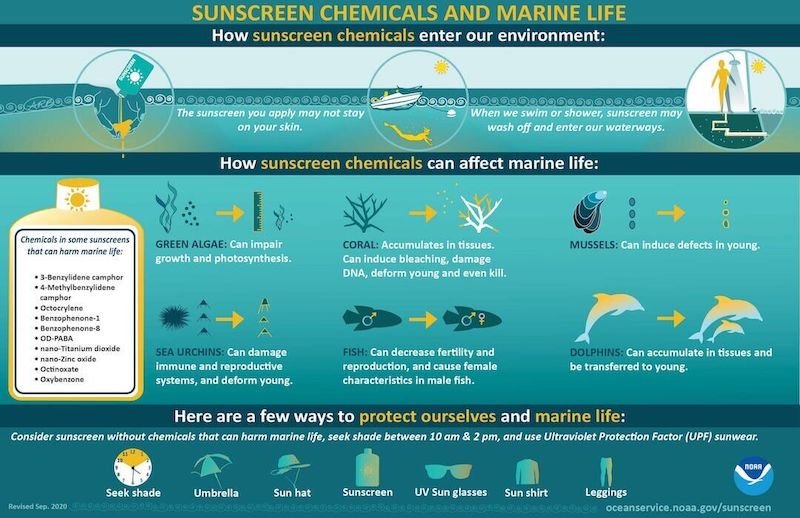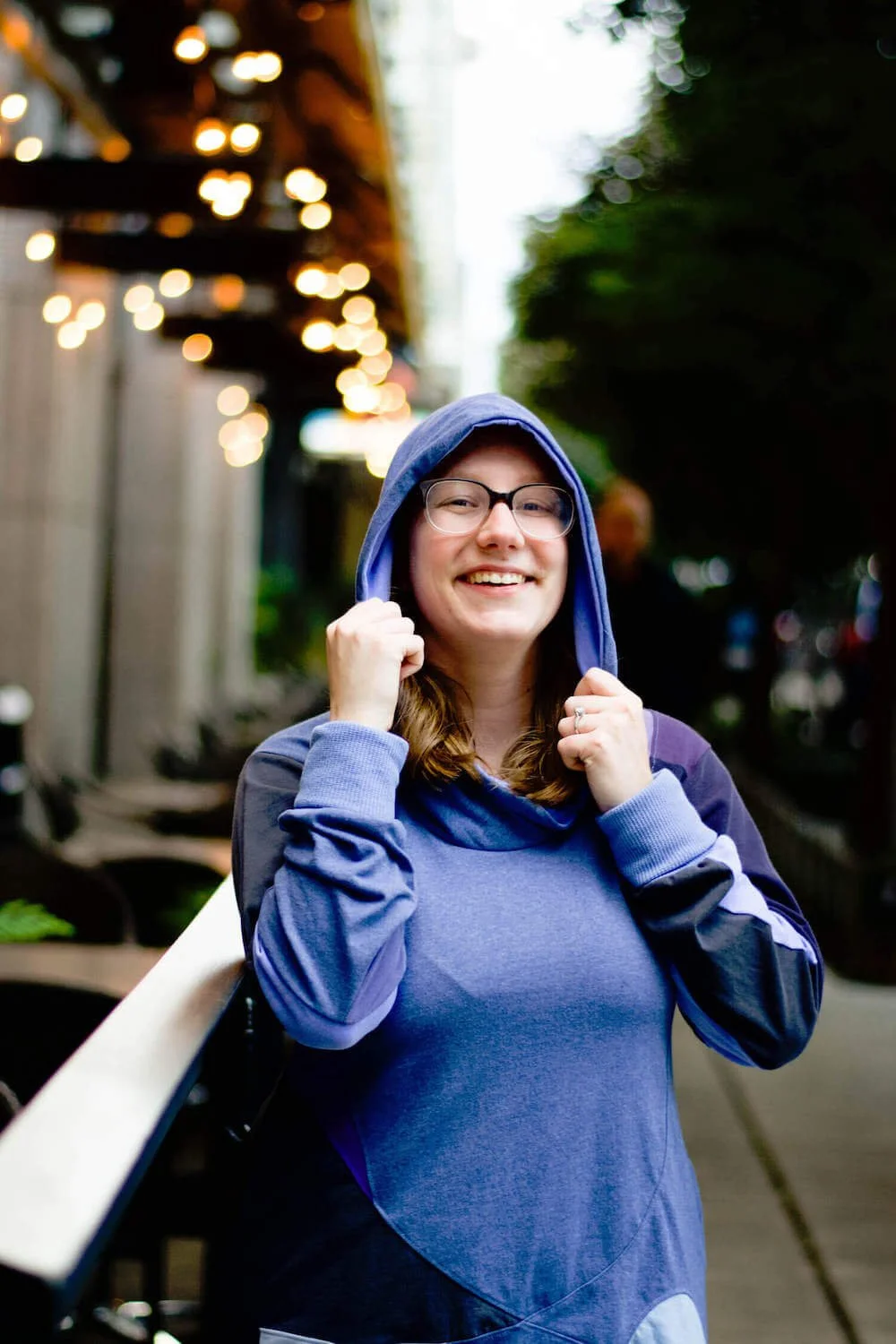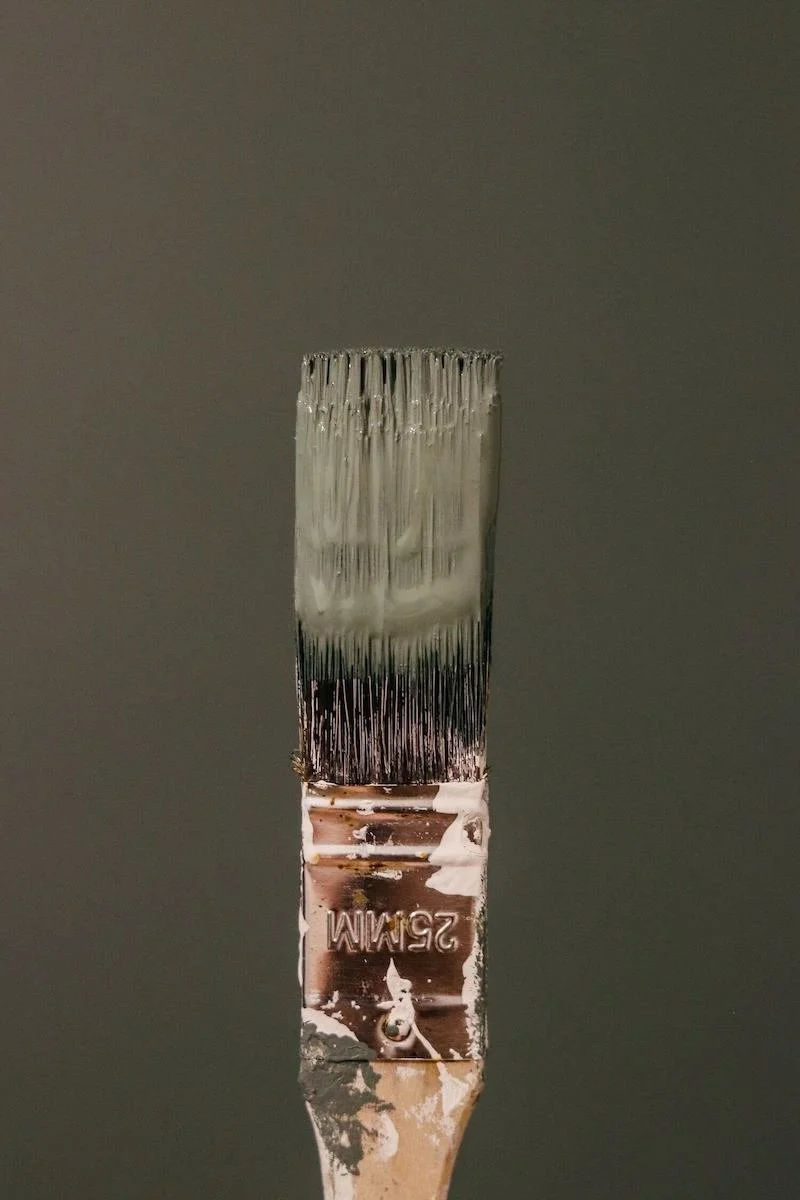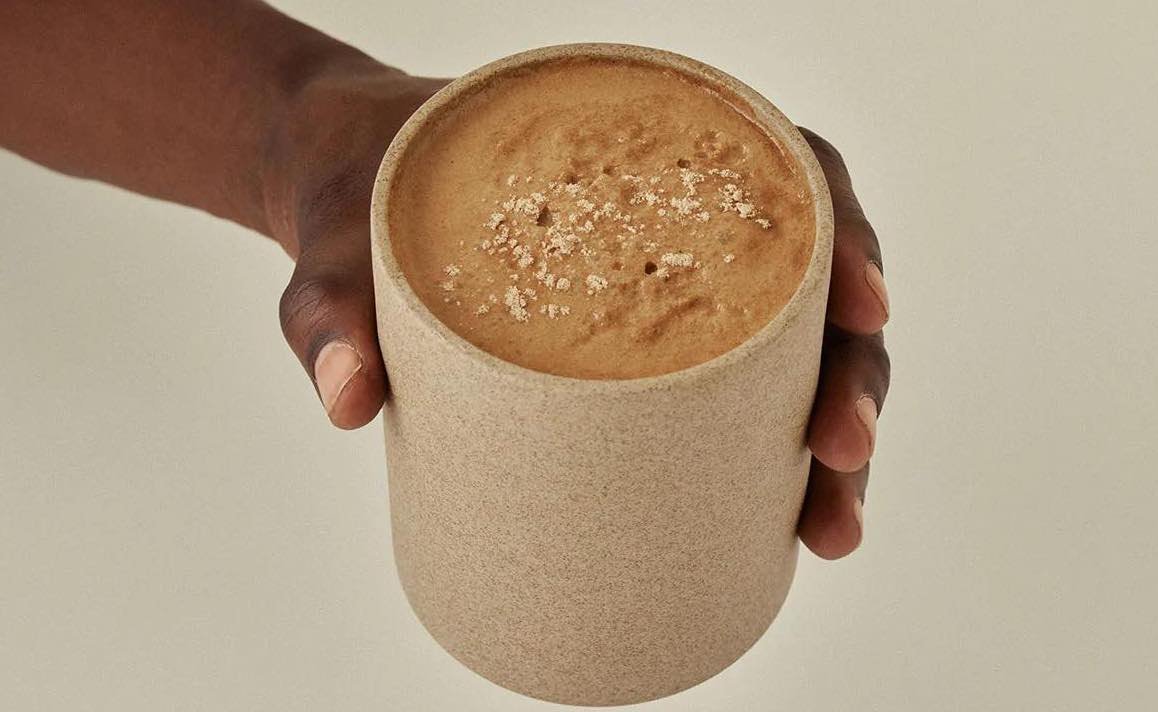The Conscious Consumer's Guide to Eco-friendly Reef Safe Sunscreens
As a society we’ve been focusing on the very real dangers of sun exposure and skin-cancer, but the products that we are using to keep ourselves safe may in fact be having other consequences.
These dangers affect not only us, but also the natural world we live in, particularly our oceans.
We’ve put together this guide that details everything we know about sunscreen and its effects on the environment, as well as some tips to help you stay safe in the sun – the eco-friendly way.
This post does contain affiliate links which means we might make a commission off of a purchase you make, but this is at no additional cost to you! Affiliate links help us keep The Honest Consumer as a free resource to those learning about conscious consumerism.
Is Sunscreen Toxic?
The short answer is, it can be. Sunscreen generally comes in one of two different forms. There is chemical based, which is designed to absorb the UV rays before it hits our skin. Then there is mineral based, which provides a barrier between our skin and the sun.
With chemical based sunscreens in particular, many people can have allergies to the ingredients.
There is also evidence that we actually absorb these chemicals into our body. Yet when it comes to sunscreens, by far the biggest impact is on the environment, and on coral reefs in particular.
Why Does Reef Safe Sunscreen Matter?
Almost 14,000 tons of sunscreen ends up in our waters every year, and this has had a disastrous effect on the worlds coral reefs. It’s easy to forget that coral is actually an animal, therefore changes in the chemical makeup of the water it lives in can affect it both quickly, and seriously.
When coral gets stressed, it rejects the algae that it has a symbiotic relationship with, making it bleach. Coral in this state it is much more susceptible to disease, and most eventually dies completely. The amount of sunscreen in our seas is part of the problem.
It’s not just the sunscreen that comes off our bodies when we swim either. Even if we avoid the sea and wash in the shower at home, much of this water will eventually make its way to the ocean as well. The only solution is finding a sunscreen that’s safe for both our skin, and for the planet.
What Ingredients to Avoid in Sunscreen?
Hawaii is in the process of banning sunscreens containing certain chemicals, due to the harmful effects they have on coral reefs. There are two main chemicals in sunscreen that you should try to avoid.
Oxybenzone: When absorbed by corals, it can have a terrible effect on both their natural growth cycle and their reproductive cycle, eventually leading to bleaching.
Octinoxate. This is known to cause coral bleaching even in small concentrations. It has even been proven that instead of staying on our skin, the body absorbs this chemical. It has been found in bloodstreams, urine, and even breastmilk.
6 Eco-friendly Sunscreen Brands to Consider
There are some good sunscreen brands out there that are really committed to being reef safe. Here are just four of our favorites for you to take a look at.
All Good: A Reef Safe Sunscreen Choice
Price Range: $7+
All Good is absolutely committed to products that are environmentally friendly. All Good is a certified B Corporation, Climate Neutral and Leaping Bunny certified cruelty free.
This brand is non GMO and uses organic ingredients. All of their sunscreens are mineral based using non-nano zinc oxide.
This ensures that they provide UVB, UVA, and even HEV (blue light) protection, alongside great anti-aging properties. Not only this, they are also reef safe and environmentally friendly.
All Good also has quite a range including tinted sunscreen, spray, kids, face, stick and more ranging fro 30-50 SPF. Alongside standard sunscreen, they have a great range of lip balms with SPF protection.
MyChelle: Zinc Based Sunscreen
Price Range: $14+
MyChelle is a zinc-based sun protection. MyChelle sunscreen is non-toxic, gluten free, cruelty free, and reef safe.
This brand offers a variety of sunscreens including spray, tinted, and unscented.
Goddess Garden: Non-toxic, Vegan Sunscreen Made in the USA
Price Range: $10+
Goddess Garden was created out of a desire to end chemicals in spa and beauty products – many of which can cause allergic reactions or irritate those with sensitive skin. From this, their sunscreen range grew.
Creating only mineral based sunscreens with essential oils that make the products smell great, Goddess Garden provides us with sun protection that is kind to our skin, and to our oceans. Goddess Garden sunscreen is reef safe, vegan, cruelty free, organic, and made in the USA.
Goddess Garden is my personal go-to choice for sunscreen! I use the Goddess Garden Sport SPF 50 whenever I head to the beach!
Manda Organic: Eco-friendly Sunscreen & Packaging
Price Range: $24+
Manda takes the inspiration for its sunscreen from traditional methods. Thanka has been used to protect the people of Myanmar from the sun for generations, and so it absolutely made sense to Manda to add it to their sunscreen products.
Sticking to only food-safe ingredients, their products are kind to the skin. Even their packaging is environmentally friendly. All of their product tubes are made from bioplastic with is derived from sugarcane.
Tierra & Lava: Sustainable Sunscreen
Tierra & Lava’s sunscreen is made from organic and natural ingredients locally and sustainably sourced in Guatemala, this sunscreen is reef-safe, water and sweat resistant.
It contains 8 nurturing botanicals plus zinc oxide and titanium dioxide and provides SPF 15 broad spectrum protection. A great choice for your daily skincare routine. Tierra & Lava is a fair trade brand and has sustainable manufacturing practices.
Blue Lizard: Mineral Based Zinc Oxide Sunscreen
Price Range: $12+
100% mineral based for the last 35 years, Blue Lizard doesn’t contain either oxybenzone or octinoxate in order to ensure that their product is safe for coral reefs. Each bottle also has a very cool design.
Starting off white, the bottle and lid will change color when exposed to UV light – so you know when it’s time to apply your sunscreen, and when to head for the shade. For years these sunscreens were only available through dermatologists’ offices – but now this skin-kind sunscreen is accessible to everyone.
We hope that these tips have taught you the do’s and don’ts of buying environmentally safe sunscreen products, so you can make an educated decision when it comes to purchasing sunscreen.
For more ethical & sustainable fashion tips be sure to follow The Honest Consumer on social media, subscribe to our newsletter, & check out the Ethical & Sustainable Brand Directory.

















